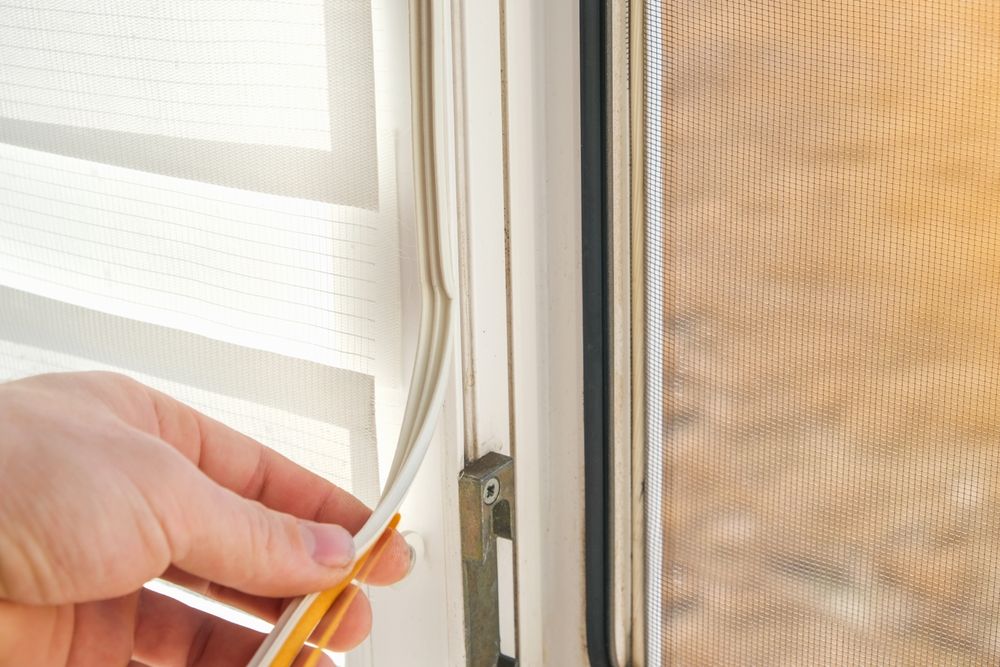Creating a quieter home is a dream many share, especially in a world where the hustle and bustle of everyday life often invades personal spaces. Whether you’re living in a bustling city or a quiet suburb, unwanted noise can find its way into your home, affecting your peace and tranquility. Many assume the only solution lies in expensive renovations that may not be practical for renters or those on a budget. However, several effective soundproofing solutions are available that don’t require major renovations or hefty expenses. With the right strategies, you can significantly reduce unwanted noise and create a serene living environment.
Soundproofing Basics
Before diving into specific solutions, it’s crucial to grasp the basic principles of soundproofing. Sound travels in waves and can enter your home through doors, windows, ceilings, and walls. To block or absorb these sound waves, materials that are dense or insulated can be used to minimize the entry and movement of sound.
Soundproofing involves two main strategies: sound absorption and sound blocking. Sound absorption reduces echo and improves the sound quality within a space, while sound blocking prevents noise from entering or leaving a room. For the best results, a combination of both strategies is often recommended.
Budget-Friendly Soundproofing Methods
Many assume that effective soundproofing requires construction or renovation work, but there are several cost-effective solutions that can be employed to achieve a quieter home environment.
Heavy Curtains and Window Treatments
Windows are one of the most common areas for noise infiltration. A simple but effective solution involves upgrading your window treatments. Invest in heavy, thick curtains, also known as blackout or soundproof curtains. These are designed with dense materials that provide both sound absorption and blocking benefits. By covering your windows effectively, these curtains can reduce outside noise significantly.
Weatherstripping and Sealant
Small gaps around windows and doors can allow significant amounts of noise to seep into your home. By sealing these gaps, you can dramatically reduce unwanted sound. Products like weatherstripping, door sweeps, and acoustic sealant offer inexpensive yet effective solutions for insulating these problematic areas.
- Weatherstripping: Easy to apply around window and door frames, weatherstripping fills gaps that air and sound can travel through, substantially lowering noise levels.
- Door Sweeps: Install door sweeps at the bottom of doors to seal gaps that could allow noise to enter.
- Acoustic Sealant: Use this specialized sealant to fill cracks or gaps around windows or between drywall to block sound from passing through.
Soundproofing Walls and Ceilings
Walls and ceilings are significant sound pathways, especially in multi-unit buildings. Some solutions can be deployed without the need for an extensive remodel.
Acoustic Panels and Foam
Acoustic panels and foam are popular choices for reducing noise and echoes within a room. They are simple to install, often requiring nothing more than adhesive strips or hooks. Available in various designs and colors, they can enhance your home’s aesthetic appeal while improving its acoustic quality.
- These panels are made of soft, porous material that absorbs sound, reducing echoes and reverberation.
- They can be strategically placed on walls where sound reflection is highest.
- Brands offer customizable options that allow you to cover larger areas or focus on specific sections of a room.
Furniture and Bookshelves
Believe it or not, adding furniture can help with soundproofing. Dense and heavy furniture such as bookshelves and wardrobes placed against external walls can reduce sound infiltration.
- Bookshelves: Filled bookshelves act as an additional barrier to sound, particularly when placed against a wall that faces the street or another source of noise.
- Opt for pieces of upholstered furniture, such as sofas and armchairs, as they absorb sound better than hard-surfaced furniture.
Floor Underlayment and Rugs
Flooring plays a pivotal role in soundproofing, especially in apartment settings where footsteps can easily resonate.
Soundproofing Underlayment
If you have floors that you can modify, consider soundproofing underlayment. This product is installed beneath your flooring material to absorb sound and dampen impact noise—ideal for anyone dealing with heavy footsteps or dropped items.
Area Rugs and Carpet Pads
Adding thick rugs or carpet pads to wooden or tiled floors can provide excellent soundproofing. This option is perfect for renters as it requires no permanent changes.
- Choose plush rugs or ones with a dense weave for the best results.
- Layer rugs or use a sound-absorbing pad underneath for added effectiveness.
- Rug placement can be strategic, focusing on high-traffic areas or spaces directly above or adjacent to noisy environments.
Specialized Soundproofing Products
In addition to materials and modifications mentioned earlier, several specialized soundproofing products can further enhance the tranquility of your home.
Soundproof Blankets
Soundproof blankets are perfect for temporary or flexible soundproofing needs. These heavy-duty blankets are crafted from sound-absorbing materials and can be draped over doors, windows, or walls to reduce noise transmission.
- Ideal for use during particularly noisy periods, such as construction projects or events.
- Easily removable and storable, maintaining household aesthetics when not in use.
Draft Stoppers
Draft stoppers are typically used to prevent drafts, but they can also be effective for soundproofing. Placed along the bottom of doors, they block gaps that would otherwise allow sound to penetrate.
Combining Techniques for Maximum Effect
When soundproofing a space without major renovations, a combination of the above strategies often delivers the best outcomes. For example, using a combination of drywall, acoustic panels, and plush furniture can significantly enhance the silence within a room. Additionally, being mindful of soundproofing principles and focusing on both sound absorption and blocking strategies can lead to a much quieter home environment.
While achieving a completely soundproof home might not always be possible with minor modifications, these innovative solutions can substantially reduce the inconvenience of ambient noise. By investing in a few simple, cost-effective strategies, you can transform your home into a sanctuary of peace without the burden of major expenses or structural changes.



